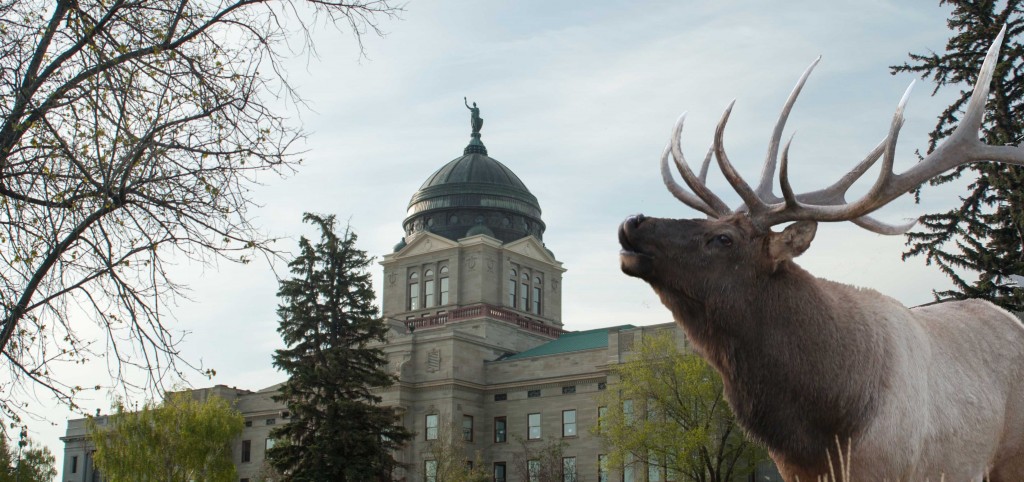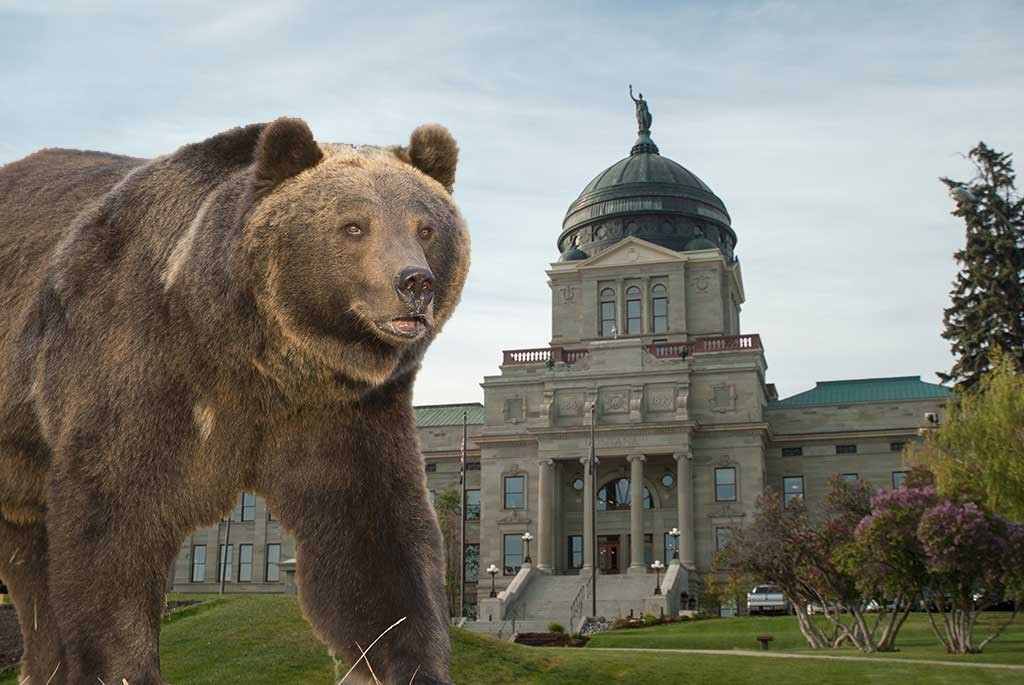Fish and wildlife bills that have moved out of one chamber of the Montana Legislature on to the other kept advancing last week. There were few new bills, but this week several committee hearings were held on measures that were already moving forward.
Montana FWP budget
The main budget bill for operations at Montana Fish, Wildlife and Parks passed out of the full House last week. HB 2 contains the operations budget and while it has a few issues that will need amendments in the Senate, the bill is largely intact. That’s good for the day in, day out operations at FWP including fish and wildlife management.
State parks administration
Among them was HB 324, a bill that would allow the state Parks Board to choose its director while keeping the parks department under Montana Fish, Wildlife and Parks administratively. The Montana Wildlife Federation opposes this bill because it would further divide the agency. The bill has passed the House and was heard last week in the Senate Fish and Game committee.
Block Management increase
HB 97 to bump up the cap on what a landowner can receive for participating in the Block Management program has passed the House and was heard this week in the Senate Fish and Game committee. MWF strongly supports this bill, which came out of the Private Land/Public Wildlife Council, and was joined with representatives of agriculture groups in support.
Habitat improvements bill
HB 434 has been passed by the House and is moving to the Senate. This bill would allow funding for habitat enhancement projects that are approved by the Montana Fish and Wildlife Commission, and has broad support.
Shooting range diversion, domestic foxes
A pair of bad bills died this week. HB 151, which required a certain amount for shooting ranges and would have jeopardized $20 million in federal firearm and ammunition taxes for Montana FWP, was tabled in the House Appropriations committee. This problematic bill keeps coming back, and every shooting range that applied last year received a grant. In addition, HB 157 to allow domestic foxes died.
Big week for Habitat Montana
This week is a big one for our most important habitat and access program, Habitat Montana. It is included in HB 5, the state capital improvements budget, and will be heard in the House Appropriations committee. MWF has worked with numerous partners in the conservation community to build support for this program and will be working to drive turnout to show support for Habitat Montana.
As always, check the Montana Wildlife Federation bill tracker at montanawildlife.org for the most up-to-date information on bills and where they’re at in the process. For questions, contact MWF Conservation Director Nick Gevock at ngevock@mtwf.org or by calling 458-0227 ext. 108.




